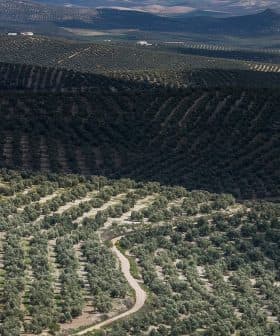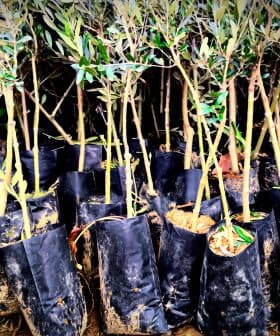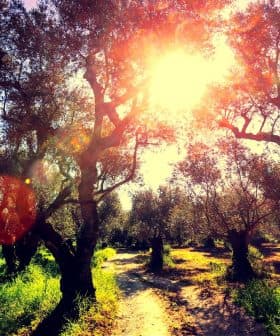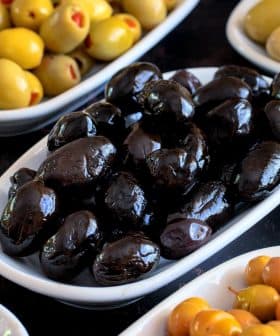In Jaén, Olive Oil Production Collapse Worse Than Expected
New surveys indicate that overall yield in the Jaén region could fall below the lowest reported tonnage in a century.
 Jaén, Spain
Jaén, Spain  5.0K reads
5.0K readsGrowers in Jaén are facing a historically low olive oil harvest due to significantly lower volumes than forecasted, with COAG Jaén describing the situation as a “true disaster.” The lack of precipitation in October and November has led to drops of up to 80% in olive oil production in some areas, with local producers now expecting just a fraction of the initial harvest estimates.
Growers in Jaén, one of the most important olive oil-producing areas in the world, have had to cope with harvest volumes much lower than what was forecast. This year’s harvest might end up being the lowest ever in modern history.
After its latest survey, the farming association COAG Jaén described the current situation as a “true disaster” and definitely worse than any previous projection.
See Also:Climate Change Taking a Toll on Andalusian Olive Oil ProductionAccording to COAG Jaén, the current campaign could produce 140 thousand tons of olive oil. That is two thousand tons less than the 142.849 thousand tons reported in the 2012/2013 season, which had been considered the worst harvest in a century.
The association explained that the initial forecasts could not take into account what happened in October and November. “The lack of precipitation in those two months has been unusual and has greatly limited the harvest projections, downwards modifying the calculations made,” the association wrote.
COAG Jaén detailed the numbers coming from its associates. In areas such as Jimena or Las Escuelas, the average 60 to 70 kilograms harvested from every tree dropped to 8 to 10 kilograms.
“They had initially expected for the current year to harvest 50 percent less olives, down to 30 to 35 kilos,” the association explained the striking differences between the first estimates and the current scenario. Local producers, therefore, should expect to harvest just a fraction of what was forecast.
In other areas, such as Mancha Real, olive oil production seems to be dropping 60 to 80 percent, with local growers reporting trees that typically reach around 50 kilograms of olives now being harvested at 15.
“In the La Loma region, in Torreperogil, well-irrigated olive trees, which usually offer an average harvest of six thousand kilograms per hectare, are now staying at one thousand kilograms,” wrote COAG Jaén.
In other areas, such as Fuerte del Rey, rainfed olive trees are almost completely fruitless, while irrigated orchards are down 30 percent. Two local cooperatives, whose average yield exceeds nine million kilos, now expect to harvest two million.
In Mengíbar, COAG Jaén also reported a greater drop than previously expected, with trees producing 80 kilos on average now reduced to 20.
“The same happens in Porcuna, where Mariano de la Rosa points out that of the 3,800 kilos on average that are collected per hectare, they will barely collect 13 percent, about 500 kilos per hectare,” wrote the association.
“In Alcalá la Real Francisco Cano, who usually reports an average harvest of 4,000 kilos per hectare, good rainfed olive groves, this year is expecting about 800 kilos per hectare,” COAG Jaén added.
The exceptional drought conditions that have affected Spain, including the Jaén area, since last winter are exerting long-lasting effects on the trees, whose branches are much more fragile and dry than in the past.
See Also:Study Reveals Impacts of Climate Change on Spanish Olive SectorOne of COAG Jaén’s experts, Juan Carlos Hervás, noted that farmers must adapt to the new situation. Harvesting operations can now easily damage the trees, since “their roots are suffering, and the trunk is stripped, which is why rods are being used instead of machinery,” he noted.
The significant drop in Jaén olive oil production exemplifies an already grim scenario for Spanish olive oil production.
In its note, COAG Jaén underlined how even before the revised forecast for Jaén, Andalusian official estimates showed a 49.1 percent drop in production from the previous harvest, down to 587 thousand tons of olive oil.
And now, the lack of precipitation this fall is having a larger-than-expected effect on the overall yield for the region.
Share this article









